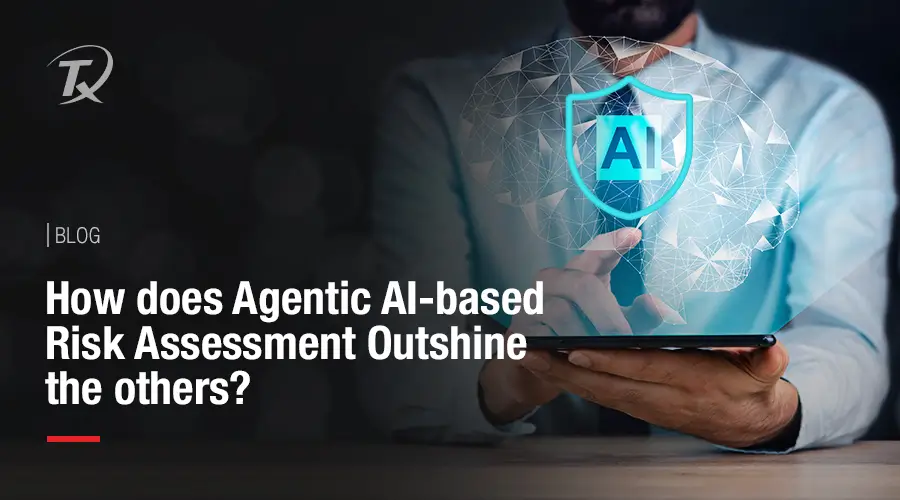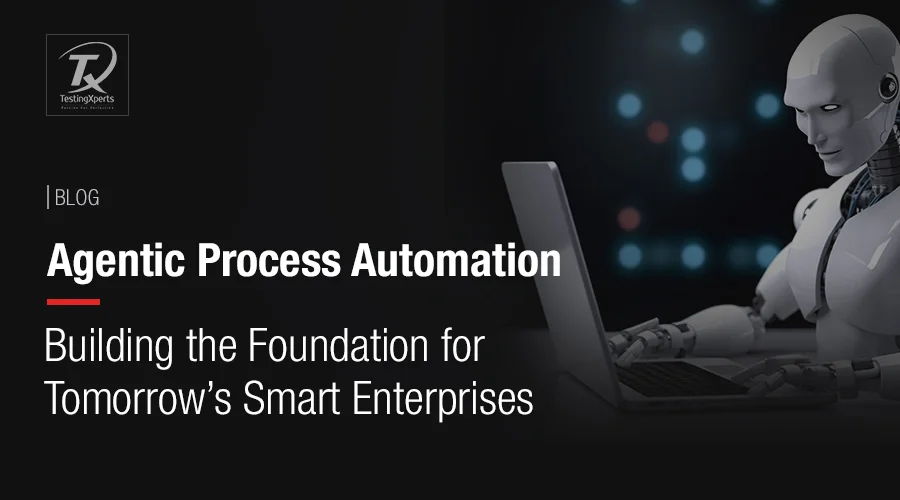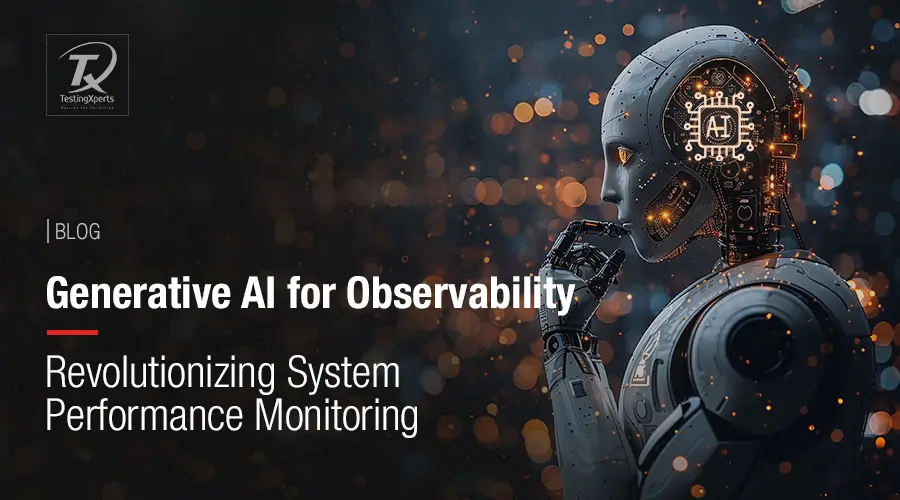
- Agentic AI in Insurance Underwriting
- How Agentic AI Enhances Risk Assessment
- Applications of Agentic AI in Insurance Underwriting
- Benefits of Leveraging AI Agents in Insurance Services
- Why Partner with Tx?
- Summary
What if insurance organizations were given the ability to predict the future?” Although foreseeing the future is a big stretch, AI agents, or Agentic AI, can help insurers analyze, decipher, and predict risk more accurately. One of the core aspects of the insurance sector, underwriting, has always been and always will be a complicated process with various risks. Leveraging Agentic AI in insurance for risk assessment allows insurers to handle this obstacle by processing massive datasets like social media, historical claims, and regional data. AI agents can continuously process and interpret these datasets to identify correlations and risk factors that might have gone unnoticed earlier. Also, insurers can analyze risks deeply to make smarter underwriting decisions.
This blog will show how agentic AI transforms the insurance underwriting process, making it more adaptable and accurate to adjust in today’s dynamic environment.
Agentic AI in Insurance Underwriting

Agentic AI optimizes risk assessment by automating key functionalities, making them extremely scalable and efficient. It leverages ML algorithms to process vast structured and unstructured datasets. By leveraging AI-based risk assessment tools, insurance enterprises can better predict risks, optimize decision-making, and streamline processes. On top of that, integrating AI-enabled insurance underwriting would allow them to offer customized insurance policies and better risk management in real-time.
How does Agentic AI-based Risk Assessment Overscores the Other?
| Aspect | Traditional Risk Assessment | AI-based Risk Assessment | Agentic AI-based Risk Assessment |
| Data Analysis | Depends on manual analysis of past data and claims | Analyzes historical data and claims but requires continuous training | Processes and interprets data autonomously, adapting in real-time with minimal human involvement |
| Accuracy | Dependent on human judgment and limited data availability | Achieves high accuracy but depends on frequent updates | Maintains consistent accuracy by self-learning and refining risk parameters dynamically |
| Bias and Consistency | Influenced by human biases or inconsistencies in decision-making | Vulnerable to biases and requires human oversight to ensure fair decision-making | Self-regulates decision-making, ensuring more consistent and bias-free outcomes |
| Risk Prediction | Work on fixed risk factors that may not sync well with new trends | Identifies patterns and predicts risks but lacks proactive action-taking | Takes action by recommending risk-mitigation strategies and automating adjustments |
| Scalability | Limited capability to handle large data volumes | Easy to scale but struggles with efficiency in complex real-time decisions | Highly scalable and needs only one-time training to adapt across different insurance products |
| Regulatory Compliance | Compliance remains an issue due to rapid regulatory updates | Requires frequent updates and manual oversight to stay compliant | Monitors compliance proactively by integrating real-time regulatory changes without manual intervention |
| Flexibility | Follows predefined, rigid guidelines for risk evaluation | Limited flexibility and needs retraining for new risks and market changes | Highly adaptive and adjusts dynamically to new risks and regulations without retraining |
How Agentic AI Enhances Risk Assessment?
Agentic AI improves risk assessment by utilizing real-time data and advanced ML algorithms. This enables insurance companies to gain access to more efficient, adaptive, and accurate insights. AI agents can analyze diverse data sources to reduce human bias, personalize the underwriting process, and optimize decision-making. This also allows insurance companies to improve their scalability and ensure compliance with regulations.
Applications of Agentic AI in Insurance Underwriting

- In the life insurance segment, AI agents can analyze basic information about applicants, such as biographical data and family health histories, to offer personalized policy premiums tailored to individual health states.
- When drafting auto insurance premiums, AI agents analyze the driver’s interaction with the vehicle, driving history, and traffic to assess the likelihood of an accident. This helps insurers provide insurance at real-time driving prices.
- Agentic AI solutions can evaluate business risk factors by analyzing the company’s past attack history, infrastructure integrity, and threat numbers to assist cyber insurance companies in drafting relevant premium coverage.
- AI agents help in the risk evaluation of properties by analyzing data related to building integrity, location, and climate conditions. Property insurance providers can offer accurate pitching at better coverage rates by considering structural and climatic factors.
- In the travel insurance segment, Agentic AI can evaluate risk factors like travel history, geopolitical events, and health conditions to draft personalized travel insurance policies. This also enables insurers to implement tailored risk mitigation strategies.
Benefits of Leveraging AI Agents in Insurance Services

- How will I simplify workflows to speed up my customer engagement process while minimizing errors?
- How will I remain profitable with the increase in operational costs while maintaining the service quality?
- How to prevent my firm from fraud-related financial and reputational damage?
Well, the answer lies in integrating Agentic AI with your insurance processes. According to McKinsey, AI agents can facilitate real-time underwriting processes, which can improve operational efficiency by 30-50%. These agents can analyze real-time information about user behaviour, environmental factors, and market trends by leveraging ML algorithms. This will help insurers predict and classify risks more accurately and can streamline insurance underwriting to generate personalized premiums.
Agentic AI has the potential to increase productivity across the compliance and risk assessment areas by 10-30%. By leveraging real-time data feeds from IoT or geospatial inputs, it can help make highly accurate predictions. Policymakers can use its predictive analytics capabilities to simulate risk scenarios and devise customized options. With improved accuracy of risk profiling, insurers can reduce claims payouts and offer customized policy offers.
Why Partner with Tx?

- AI Strategy and Consulting
- AI-powered Automation
- Ethical AI and Governance
- Predictive Analytics
- ML Model Development
We focus on evolving insurance markets to ensure your compliance with the latest regulations (especially those related to AI) and offer high-quality solutions enabling seamless CX. With our next-gen QE and DA solutions, clients were able to achieve 40% higher operational efficiency, 30% faster time-to-market, and 90% reduction in man-hours. Partnering with Tx can help you achieve seamless AI-powered insurance underwriting to meet the growing demand for more accurate and cost-efficient risk assessment.
Summary
Agentic AI is transforming insurance underwriting by enabling more efficient, accurate, and scalable processes. It leverages ML algorithms to analyze vast datasets, predict risks, and personalize premiums. Unlike traditional methods, Agentic AI ensures bias-free, real-time decision-making and adapts to new data trends. It will allow insurers to increase their operational productivity by 30-50% by automating workflows. Partnering with experts like Tx would allow you to gain access to cutting-edge solutions that drive innovation, boost accuracy, and deliver seamless customer experiences in the insurance sector. To know more about our expertise in AI solutions and the insurance industry, contact our experts now.
Discover more
Get in Touch
Stay Updated
Subscribe for more info




